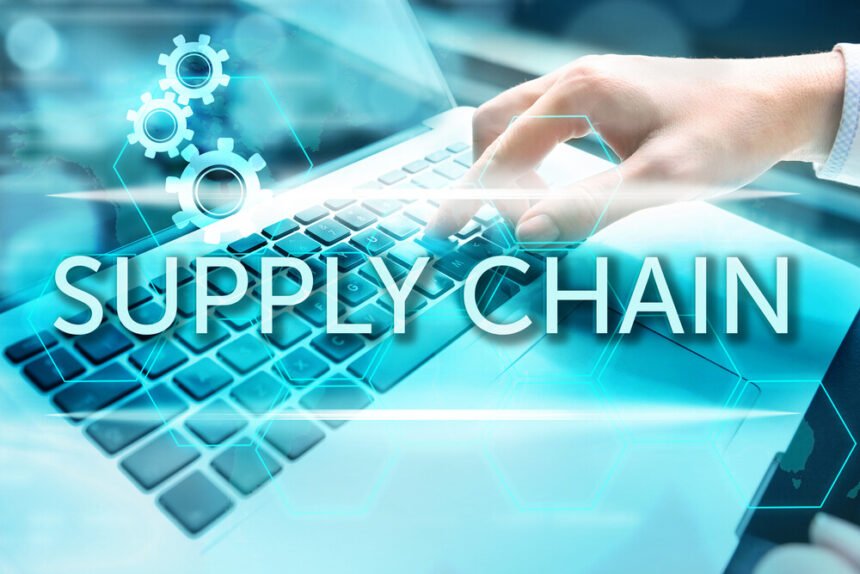Consumers demand transparency, but that openness comes at the cost of security. You can successfully balance safety and data sharing, though. With the introduction of digital collaborative technology, you have the tools necessary to secure your information and share data safely while tracking products across the supply chain.
Why Transparency Is So Important
Whereas customers once blindly trusted companies to deliver products, today’s consumers are far savvier. Millennials are driving the desire to learn about the origins of everything on store shelves. Consumers use this information to ensure organic or sustainable growing practices or to check on workers’ rights policies. Full transparency allows those outside your supply chain to see every step of the process. Consumers will trust your company more, rewarding you with additional business.
Knowing the locations of your products at every step of the supply chain gives you more insight for predicting exactly when suppliers will make deliveries. Information availability also sheds light on the risks. Seeing information across the supply chain makes all the steps visible to you.
Collaboration Is Key
Collaborating with everyone throughout the supply chain is the key to transparency and visibility. Sharing this data puts you at an increased security risk if you don’t use appropriate measures to keep information safe. Select from several means of securely sharing data, from data cleanrooms to blockchain technology. The method of collaboration you use will allow you to build the visibility and transparency your company and customers require.
Collaboration with your supply chain members ensures all parties have the same vision for the company and how you will provide for consumers. Risk management and profit projections become easier to make when you work with others in your supply chain. Getting together with your supply chain members also allows you to monitor the veracity of your supply chain members’ claims.
You can communicate with your suppliers if they do not adhere to your standards. For instance, if you require fair-trade agriculture products and discover one of your suppliers has reneged on protecting their workers, you can discuss the issue or drop the supplier.
Use Data Cleanrooms
For internal visibility within your supply chain, you may use a third-party data cleanroom. Within a data cleanroom, your supply chain members may share sensitive information, including cost breakdowns and demand. Sharing information allows you and other members of your supply chain to identify risks and make better decisions in your company.
When consulting firm A.T. Kearney built a data cleanroom for a worldwide fast food chain and its capital equipment vendors, both sides benefited. The restaurant chain shared its projections for demand and its location expansions, while the vendors disclosed information about their land costs and global footprint. Together, the participants kept secure information safe while improving their future predictions for an optimized supply chain.
For global-scale corporations, a third-party data cleanroom is an excellent option to bring together supply chain members in the safest environment to discuss proprietary information.
Use a Digital Marketplace
Part of the supply chain includes the process of selecting suppliers. But the information shared about costs and required products often is proprietary, requiring a secure means of sharing data.
Participants in digital marketplaces engage in a mutual give-and-take of information. Companies share information about what they want in a supplier, while suppliers give data about their assets. The result is a shared benefit for the companies and suppliers.
Companies have the chance to compare multiple suppliers to find the best price with the right attributes, which may include fair-trade or organic practices. Suppliers can see how competitive they are in a low-risk environment. Think of it as a “mall” for corporations to shop and compare multiple suppliers.
Digital marketplaces allow open communication among potential members of a supply chain without committing to working with a company.
Use Blockchain Technology
Currently, blockchain technology is one of the most secure options available for any company to use. With blockchain, the more parties using it, the more secure it becomes. Distributed ledgers give real-time information about supply chain tracking.
With blockchain tracking, Walmart slashed their time to trace mangoes to their source from six days with paper tracking to 2.2 seconds with IBM’s blockchain. With GS1 and blockchain, the entire ledger of trading across the supply chain could only be accessed by those with permission in a safe, secure and instantaneous manner.
Use Cloud Computing in Your Supply Chain
Cloud computing is one of the easiest ways to share information within your company. Information from the sales departments and manufacturing can go into a cloud server the suppliers have access to. Through this cloud server, the manufacturing department can inform suppliers of changes that need to be made based on current and predicted sales levels. Suppliers can inform manufacturers of problems that occur immediately.
And the cloud even allows for members of a supply chain to share documents such as contracts and bills. With digital copies in the cloud, the days of lost paperwork along the supply chain are over. Cloud computing is taking information sharing to the next level.
The problem with cloud computing is allowing any computer to log into a cloud-based server. Multi-factor authentication, secure passwords and a secure server all help protect the data in the cloud.
Safety First With Data Sharing
When it comes to sharing data inside or outside your company, you need to focus on security. Secure platforms such as blockchain and data cleanrooms allow you to be more open about your company’s practices.
This openness improves visibility in your supply chain. Visibility and transparency together let you make better decisions and satisfy your customers’ desire for more information — and peace of mind. And your company will benefit from more open data sharing, too, so long as you keep the information secure.

